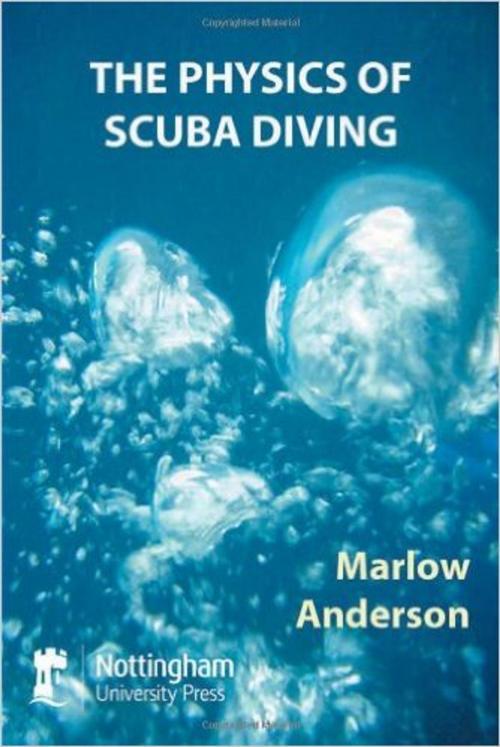| Author: | Marlow Anderson | ISBN: | 9781908062529 |
| Publisher: | 5M Publishing Ltd | Publication: | January 1, 2011 |
| Imprint: | NUP Nottingham University Press | Language: | English |
| Author: | Marlow Anderson |
| ISBN: | 9781908062529 |
| Publisher: | 5M Publishing Ltd |
| Publication: | January 1, 2011 |
| Imprint: | NUP Nottingham University Press |
| Language: | English |
This book provides a fun introduction to the mathematiand physineeded to really understand scuba diving; it was written by an enthusiastic scuba diver, who is also a mathematician. The book is written for the lay person, and assumes only a willingness to express basic scientific relationships using mathematical equations. The book describes all of the basiregarding pressure, depth and density, covered more completely than in the typical open water diving course. But in addition, it looks at the mathematical background for dive tables and dive computers, tools divers use to avoid getting decompression sickness.The book explains the basic Haldane theory of nitrogen on-gassing and off-gassing, in more depth than is found in the popular literature. The book would appeal to divers interested in a bit more background that is available in the popular literature, and to people interested in how basic science and mathematihas a large impact on the sport of scuba diving. The book has been used as a textbook for a popular introduction to mathematical thinking.
This book provides a fun introduction to the mathematiand physineeded to really understand scuba diving; it was written by an enthusiastic scuba diver, who is also a mathematician. The book is written for the lay person, and assumes only a willingness to express basic scientific relationships using mathematical equations. The book describes all of the basiregarding pressure, depth and density, covered more completely than in the typical open water diving course. But in addition, it looks at the mathematical background for dive tables and dive computers, tools divers use to avoid getting decompression sickness.The book explains the basic Haldane theory of nitrogen on-gassing and off-gassing, in more depth than is found in the popular literature. The book would appeal to divers interested in a bit more background that is available in the popular literature, and to people interested in how basic science and mathematihas a large impact on the sport of scuba diving. The book has been used as a textbook for a popular introduction to mathematical thinking.















